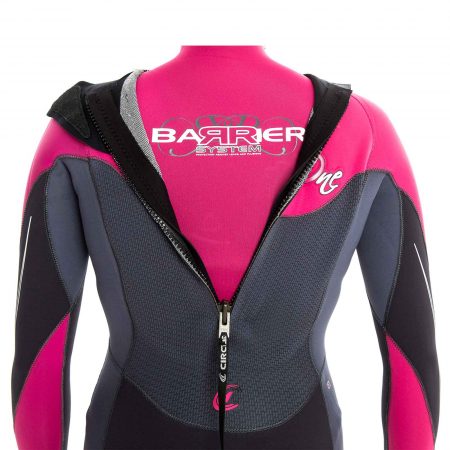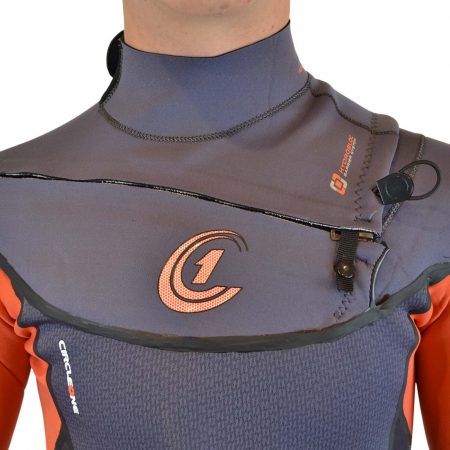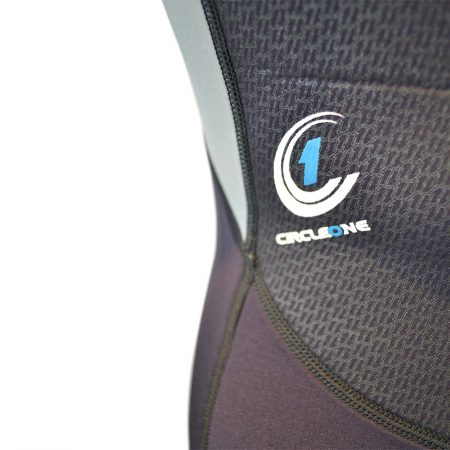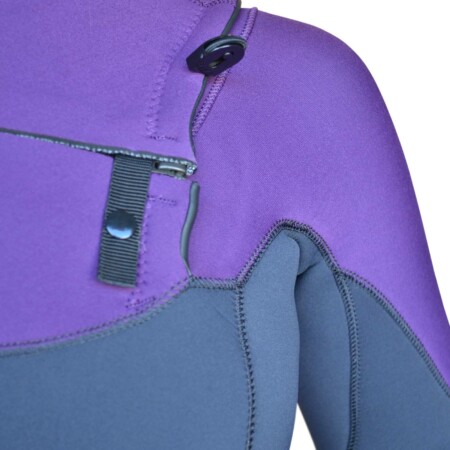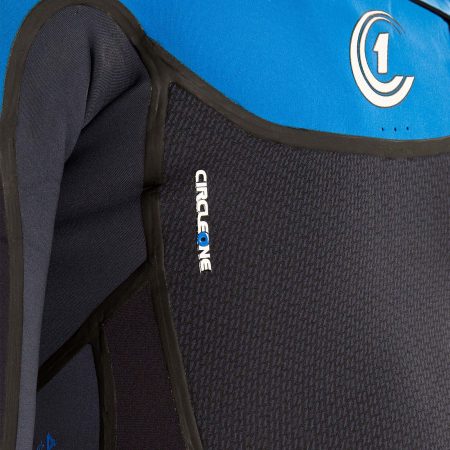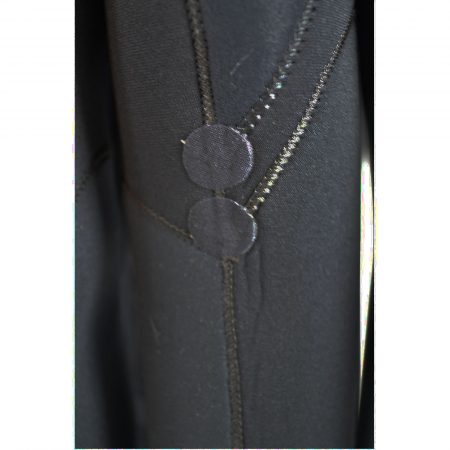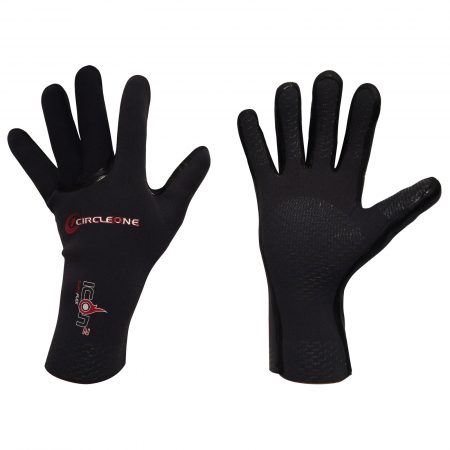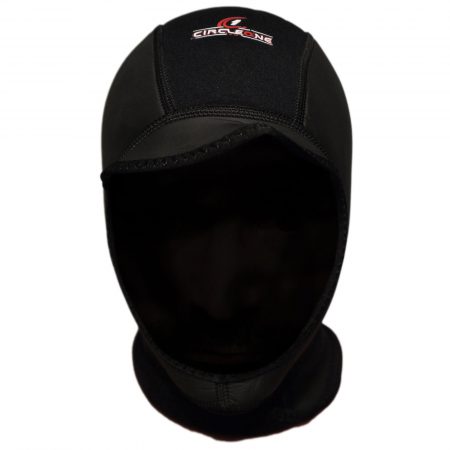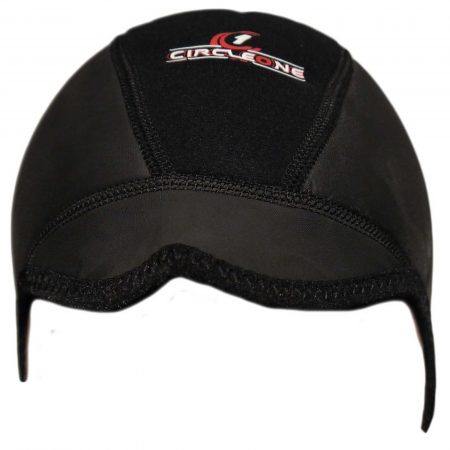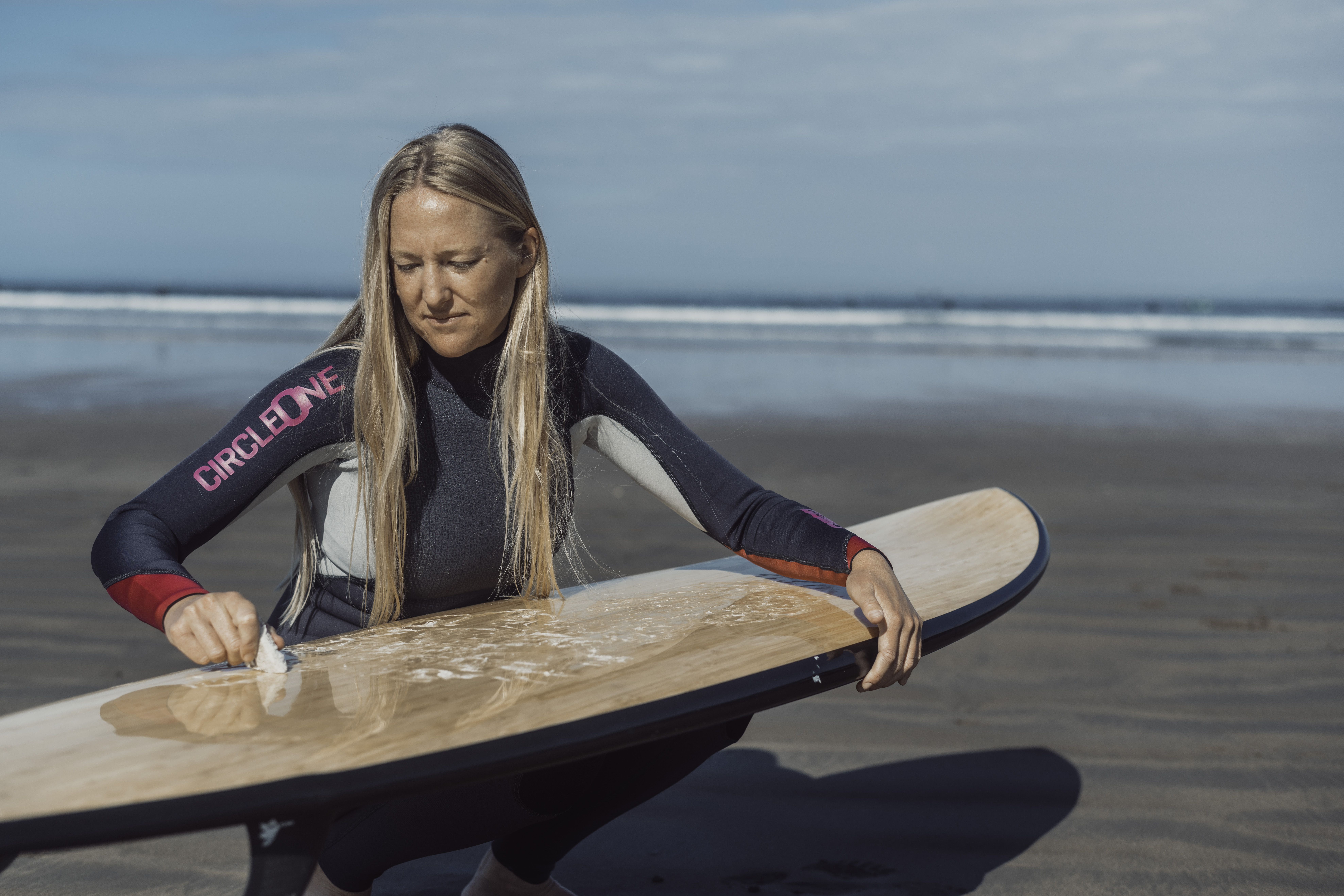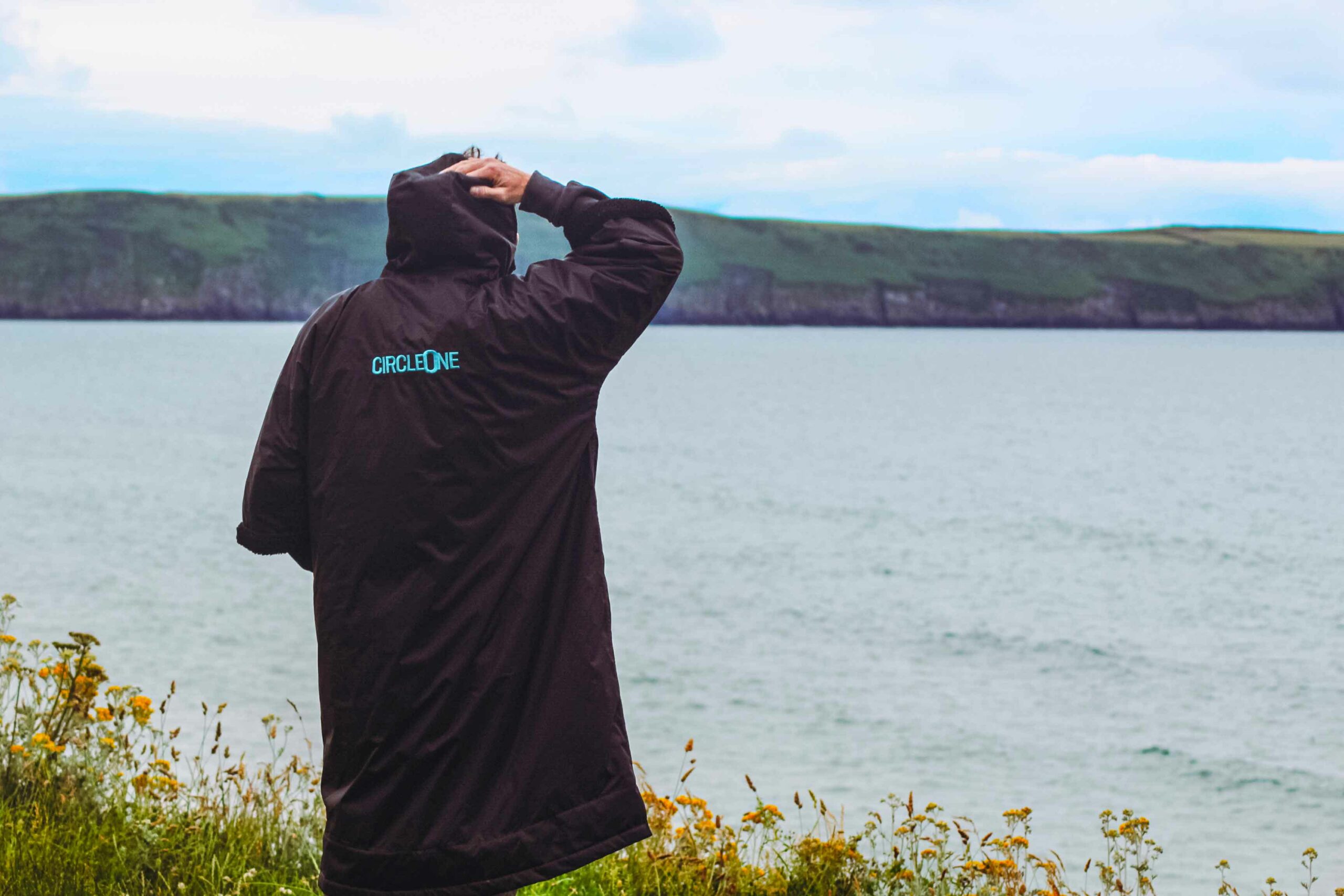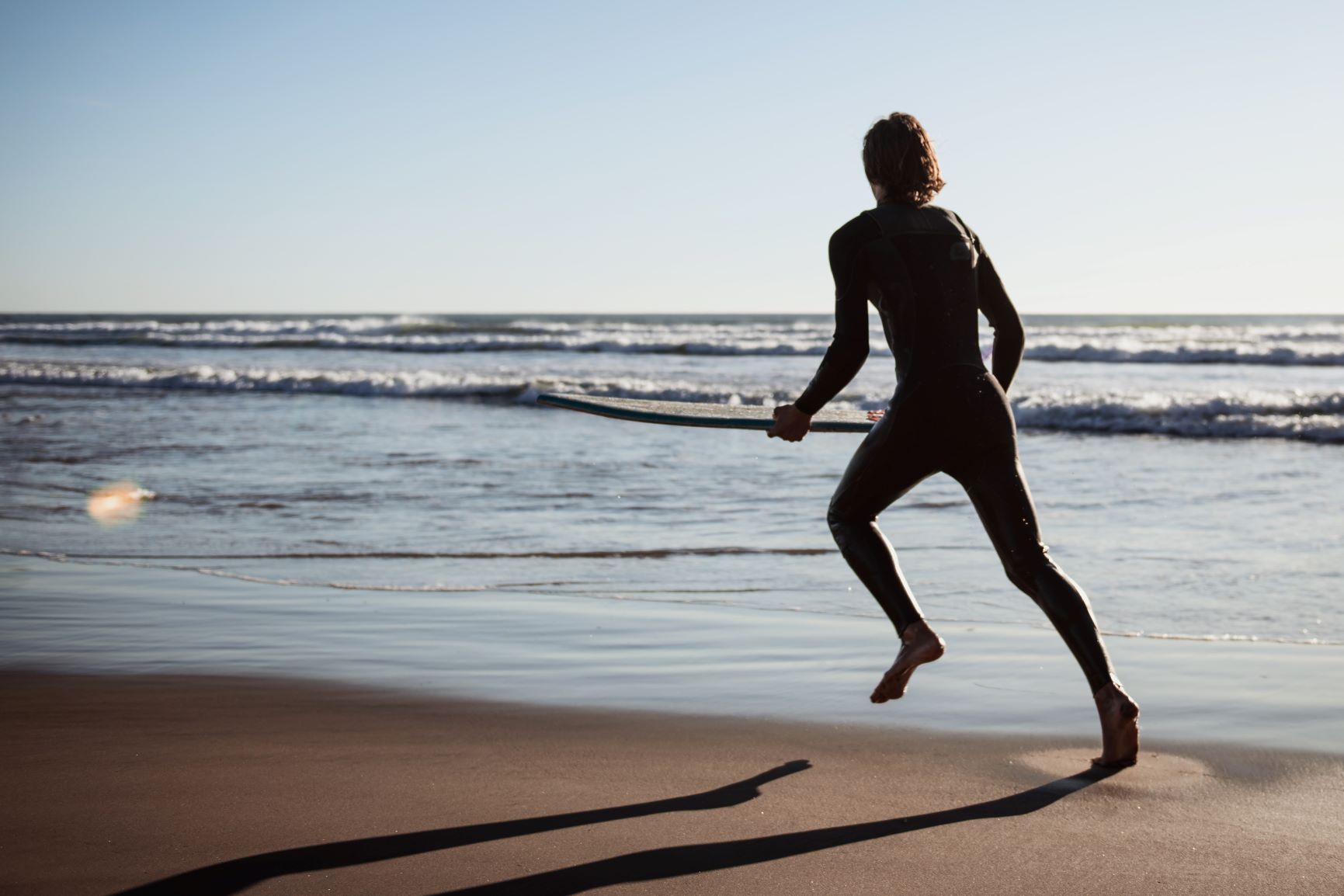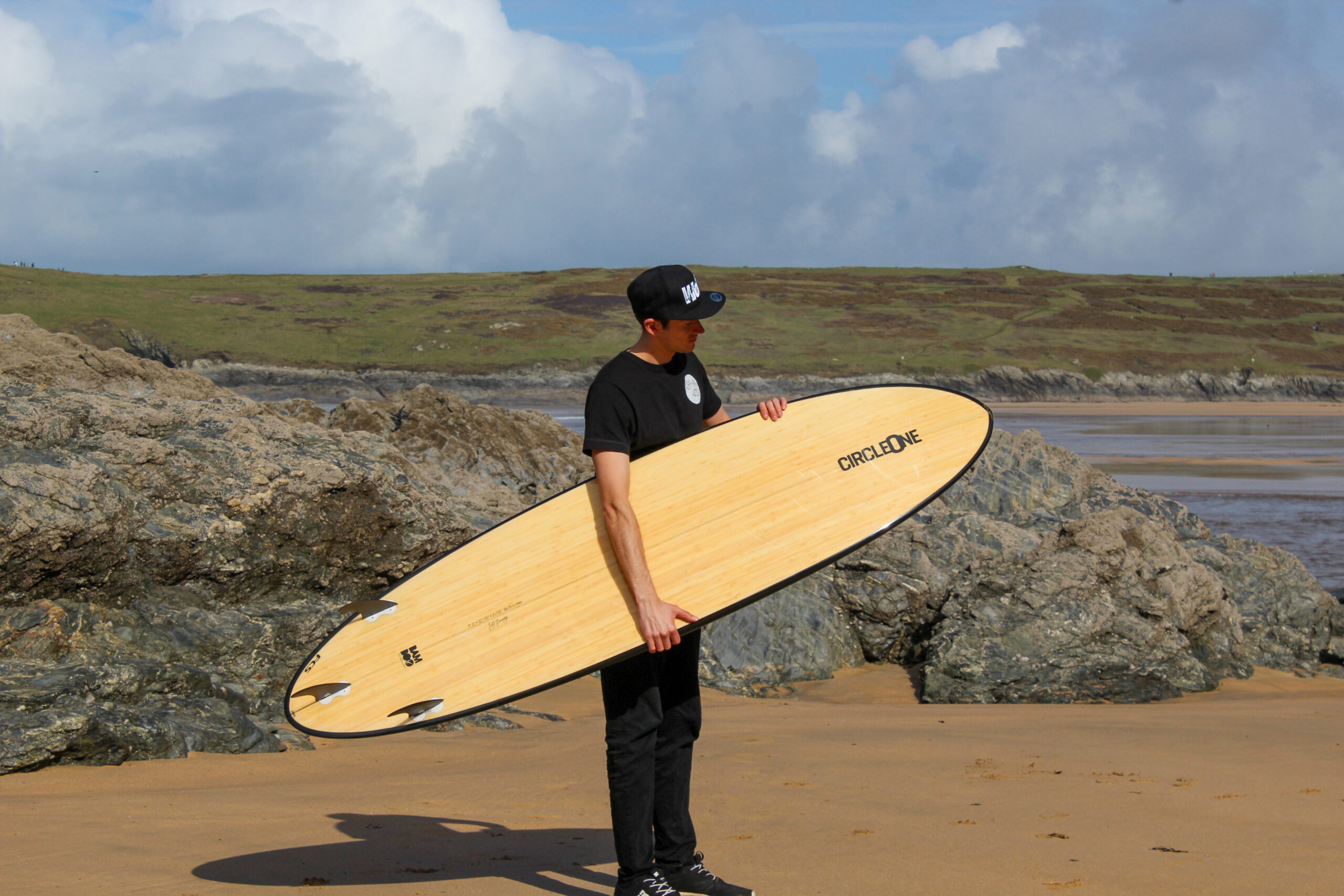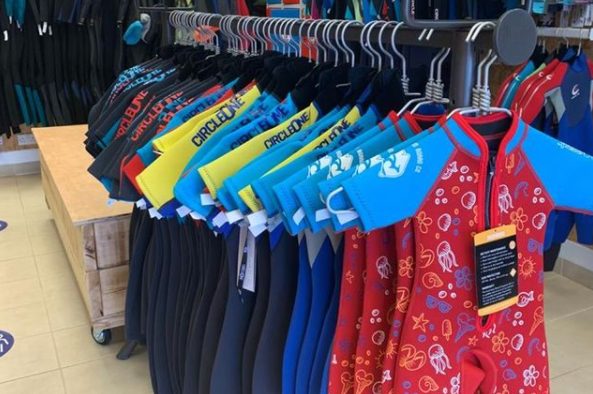We’ve had an amazing summer here at Circle One, and September still offers warm sea temperatures and often great surf or bodyboarding conditions. But come the end of the month and into October, we will be looking to switch back to our winter wetsuit in the sea, and start wearing boots, gloves and hoods again! If you are looking to buy a new winter wetsuit, or winter neoprene accessories then we have the ultimate guide here for you!
Winter wetsuits are particularly important when doing anything in cold water or when wind chill might be higher so you need to stay warm! They are classically 5/ 4 /3 thickness (mm) or above, with a 4/ 3 thickness being a good in between “Spring/ Autumn” suit thickness. Wetsuits are designed to keep you warm by trapping a layer of water between your skin and the neoprene layer, which is heated up by your body temperature to create a warm layer. It is important to choose a well-fitting wetsuit which is tight enough to keep the warm water in and not let new cold water in. Ideally you should try on any wetsuit you want to buy, or measure yourself carefully and use our size guides to find your perfect fit.
What Thickness of Wetsuit?
The main factor to determine how thick the wetsuit you should get is the water temperature which you would like to use it in. Below is our general guidance to which thickness of wetsuit you should go for based on water temperature. You can find this out on most weather forecasts for the sea in the UK and abroad, or by searching for it online.
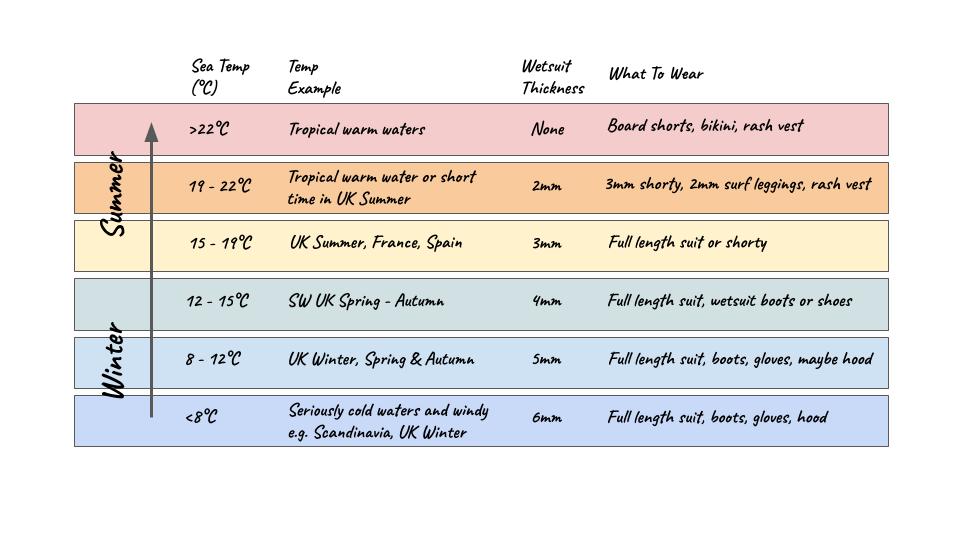
Of course individuals are all different and you may be a hot or a cold person, in which case you might want to go thicker or thinner. For a winter wetsuit in the UK, we would generally recommend a 5mm full length glued and blindstitched or full liquid seam wetsuit to protect against cold water and mean you can stay in the water as long as possible. If you are someone who gets hot easily then 4mm is generally a good medium ground between not too warm but protects more than a 3mm in colder waters.
Wind chill may also be a factor if you are using the suit for watersports such as kitesurfing, sailing or windsurfing. The thicker the wetsuit, the better the barrier against the wind, but you can also look for special features such as a barrier system or hydrophobic chest & back panels which cut wind chill and are features of our Elev8, Icon and Diva wetsuits.
If you are looking for a wetsuit for open water swimming, then again there are specific wetsuits suited better for swimming rather than surfing. They are generally made from a smoother neoprene fabric so you can glide better through the water with reduced drag compared to a standard surfing wetsuit. These can come in different thicknesses too, so a 2-3mm for summer/ autumn swimming in the UK, and a 5mm for swimming all year round in the sea, rivers or lakes in the UK or further North. Wild swimming is a great way to get out and enjoy some beautiful areas and feel close to nature. Swimming regularly in cold water has also been found to provide many health benefits and may help protect against depression.
Our Top Picks for Winter Adult Wetsuits
Back Zip, Chest Zip, Zipless?
This is generally a personal preference of what entry system you would like. A back zip is traditional and has the largest opening so are often the easiest to get on and off. However, they can be tricky to do up yourself, are less flexible around the zip in the back, and often have a looser neck fastening so may let in more water. Chest zip and zipless wetsuits have a smaller opening to get in to, so those with bigger hips and thighs can struggle to get them on and off. Once on, however, they have less points at which water can enter the suit and a better seal so are warmer, especially good in a winter wetsuit. They are both more flexible to wear and move around in, with the zipless suits offering the best comfort with no zips to rub to create inflexible points.
- Back Zip
- Chest Zip
- Zipless
Wetsuit Seams & Stitching
A very important factor in wetsuit construction which affects the performance and durability of a suit as well as the price, is how the neoprene panels are stitched or glued together along a seam. Obviously the seams can be the key point of weakness of a wetsuit, and where water can be let in and make you colder. There are four methods of stitching and connecting seams in wetsuit construction:
- Overlock stitching – the simplest way of attaching two pieces of neoprene together and used mostly just in cheap wetsuits. The two edges of the neoprene panels are stitched together along their edges. This causes a raised ridge along the inside of the suit which can rub, isn’t very flexible and is the least effective at keeping water out.
- Flatlock stitching – the two pieces of neoprene are overlapped instead to create a flat seam. Zig zag stitching is used to hold the two pieces together, creating a flexible seam which can only be used up to 3mm in thickness, so is used often on summer wetsuits. It is breathable and cooler when not in the water, however, water will be able to get through the seam so not the best choice for ultimate warmth in the water.
- Glued & blind stitched seam – the pieces of neoprene are first glued together to create a watertight seam, and then stitched only halfway through the neoprene over the seam to hold it stronger. As no holes are made all the way through the neoprene, minimal water can get in so the water that gets trapped inside stays warm so you do too!
- Full liquid seal – a special liquid rubber is applied to each side of the glued together panels along the seam to create a 100% watertight seal. This offers the most watertight, flexible and strong seam you can get on a wetsuit.
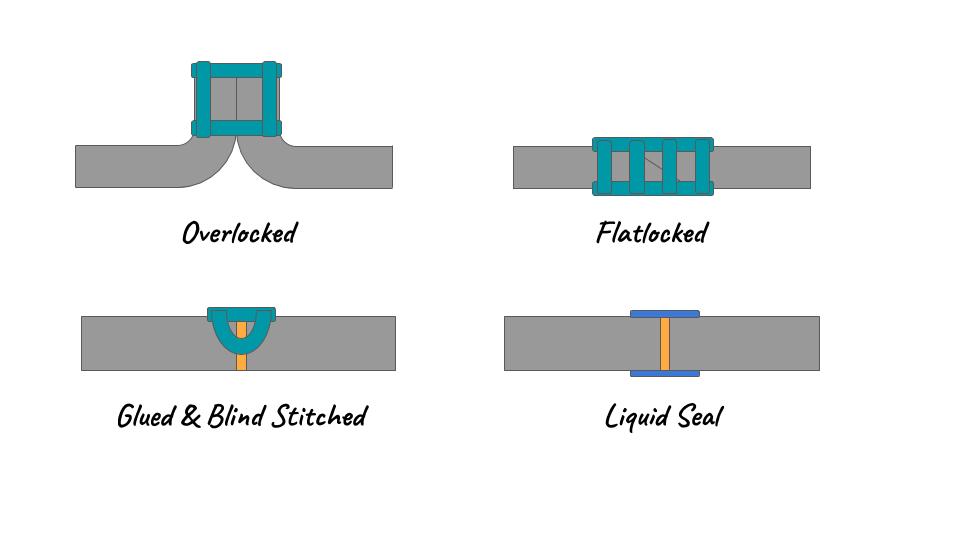
We would recommend glued and blind-stitched seams at the very least in a winter wetsuit. Full liquid seals will add even more warmth as then no cold water can get into the wetsuit and flush out the water layer you have warmed. It also increases the durability of your wetsuit seams, with added reinforcement at key points.
- Flatlock
- Glued & Blindstitched
- Full Liquid Seal
- Spot Taping on Seam
Winter Boots, Gloves & Hoods
If you are an all-year-round UK surfer and love those cold mornings and wild windy days, then your winter wetsuit alone is not going to cut it. Protect your extremities with premium 5mm wetsuit boots, some well-fitting wetsuit gloves and a wetsuit hood or cap. Make sure any boots or gloves you get fit well so they don’t feel like they will come off in the water, and they will keep you warmer. If you feel like wearing rubber-soled boots limits your proprioception on your surfboard then maybe look into wetsuit socks instead which give you greater feel from your toes on the board.
- Icon 5mm Wetsuit Boots
- Icon 3.5mm Gloves
- Icon 3mm Hood
- 3mm Adjustable Surf Cap
You can browse our full range of adults and kid’s wetsuits here. Once you’ve picked your perfect wetsuit, take a look at out guide to wetsuit care to look after your wetsuit and keep it lasting as long as you can!



